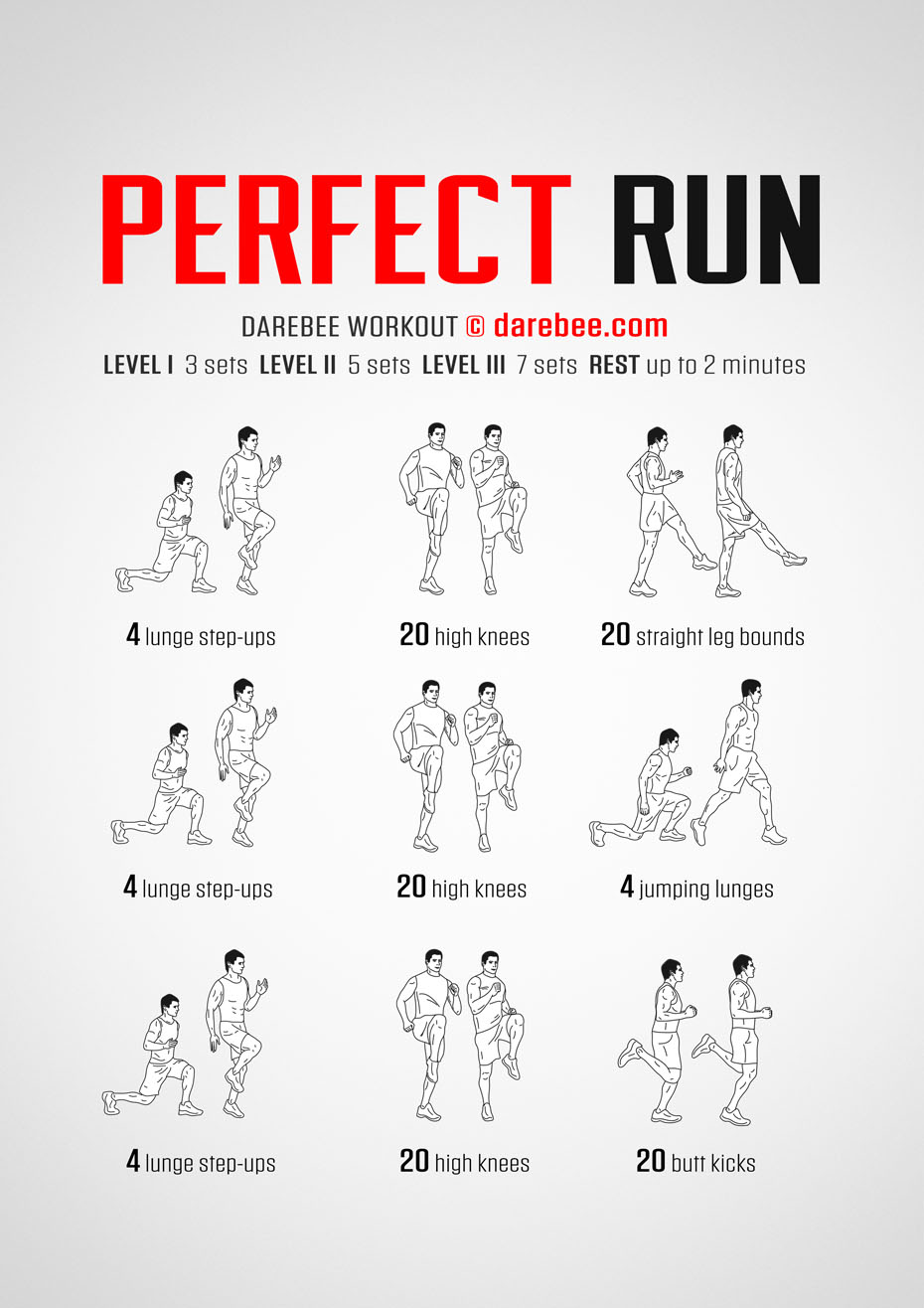Handling Common Running Pains: Causes, Solutions, and Avoidance
As joggers, we typically encounter different pains that can impede our efficiency and enjoyment of this physical task. By exploring the origin reasons for these operating discomforts, we can discover targeted solutions and preventative steps to make certain a smoother and much more meeting running experience.
Common Running Discomfort: Shin Splints
Shin splints, a common running pain, typically result from overuse or inappropriate footwear throughout physical task. This condition, medically referred to as median tibial anxiety disorder, manifests as pain along the internal side of the shinbone (tibia) and prevails amongst athletes and runners. The recurring stress on the shinbone and the tissues connecting the muscular tissues to the bone leads to inflammation and pain. Runners who quickly raise the intensity or duration of their workouts, or those who have level feet or inappropriate running strategies, are particularly vulnerable to shin splints.
To stop shin splints, people must gradually raise the strength of their workouts, wear appropriate shoes with appropriate arch assistance, and preserve flexibility and toughness in the muscle mass surrounding the shin. If shin splints do occur, first treatment entails rest, ice, compression, and altitude (RICE) Additionally, including low-impact activities like swimming or biking can aid maintain cardio health and fitness while enabling the shins to recover. Relentless or serious cases might require clinical evaluation and physical treatment for effective administration.
Typical Running Discomfort: IT Band Syndrome
Along with shin splints, one more widespread running discomfort that athletes typically run into is IT Band Syndrome, a problem brought on by swelling of the iliotibial band that leaves the outer thigh and knee. IT Band Syndrome usually shows up as pain outside of the knee, particularly throughout tasks like running or biking. The iliotibial band is a thick band of fascia that attaches the aware of the shin, and when it comes to be swollen or limited, it can rub against the thigh bone, leading to discomfort and pain.
Runners experiencing IT Band Syndrome might notice a stinging or aching sensation on the outer knee, which can worsen with continued task. Variables such as overuse, muscular tissue imbalances, improper running form, or inadequate warm-up can add to the growth of this problem. To stop and alleviate IT Band Syndrome, runners must concentrate on stretching and strengthening exercises for the hips and thighs, proper shoes, steady training development, and attending to any type of biomechanical issues that might be aggravating the trouble. Overlooking the signs and symptoms of IT Band Syndrome can lead to persistent problems and prolonged recovery times, stressing the relevance of very early intervention and correct administration techniques.
Common Running Discomfort: Plantar Fasciitis

Plantar Fasciitis can be connected to various factors such as overtraining, improper footwear, operating on difficult surface areas, or having high arcs or level feet. To stop and reduce Plantar Fasciitis, runners can incorporate stretching exercises for the calves and plantar fascia, wear encouraging footwear, keep a healthy weight to reduce strain on the feet, and progressively raise running strength to stay clear of abrupt stress and anxiety on the plantar fascia. If symptoms persist, it is recommended to consult a healthcare specialist for correct diagnosis and treatment alternatives to address the problem properly.
Common Running Pain: Jogger's Knee
After dealing with the difficulties of Plantar Fasciitis, an additional prevalent issue that runners commonly encounter is Jogger's Knee, a common running pain that can hinder athletic performance and trigger discomfort during physical task. Jogger's Knee, likewise recognized as patellofemoral discomfort syndrome, shows up as discomfort around or behind the kneecap. Joggers experiencing this discomfort might really feel a plain, hurting discomfort while running, Our site going up or down staircases, or after prolonged periods of sitting.
Common Running Pain: Achilles Tendonitis
Typically afflicting runners, Achilles Tendonitis is an uncomfortable condition that impacts the Achilles tendon, triggering pain and prospective restrictions in physical task. The Achilles tendon is a thick band of tissue that connects the calf bone muscular tissues to the heel bone, vital for tasks like running, leaping, and walking - have a look. Achilles Tendonitis typically establishes because of overuse, improper footwear, poor extending, or abrupt boosts in exercise
Symptoms of Achilles Tendonitis include discomfort and tightness along the tendon, especially in the early morning or after periods of lack of exercise, swelling that gets worse with task, and possibly bone stimulates in persistent cases. To avoid Achilles Tendonitis, it is essential to extend appropriately before and after running, wear appropriate shoes with proper assistance, slowly raise the intensity of workout, and cross-train to decrease repetitive stress and anxiety on the tendon. Therapy may entail rest, ice, compression, altitude (RICE procedure), physical therapy, orthotics, and in serious instances, surgical treatment. Early intervention and appropriate treatment are vital for managing Achilles Tendonitis properly and avoiding lasting problems.
Conclusion
